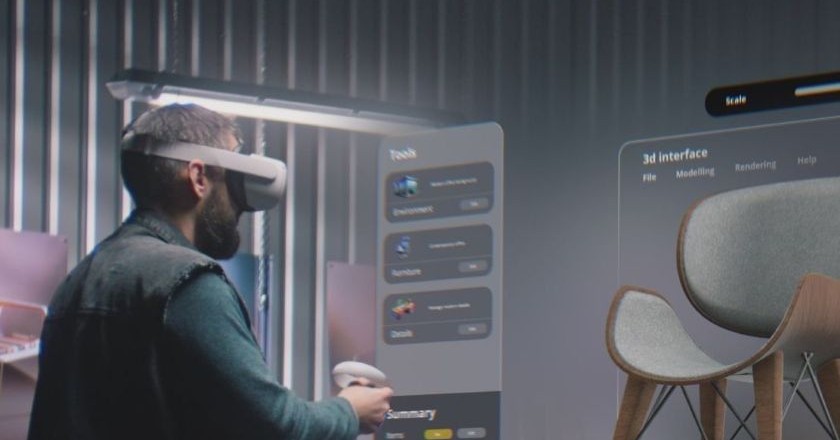If your furniture store’s inventory management still depends on spreadsheets, you’re probably spending more time fixing errors than making sales. So, if you’re serious about growing your furniture business, it’s time to ditch the outdated tech and upgrade to a smarter system.
Using spreadsheets might seem like an easy solution, but as your business grows, it can quickly become a bottleneck. Manually tracking stock levels, handling product variations, and updating spreadsheets across multiple devices is not only time-consuming but also prone to mistakes.
A smart furniture inventory management system designed specifically for furniture retailers brings real-time updates, seamless integrations, and better visibility into your stock levels, all while reducing the chance for human error.
Why Spreadsheets Are No Longer Enough for Managing Your Furniture Inventory
The bigger your furniture business gets, the harder it is to manage inventory with spreadsheets. Let’s explore the challenges they create and why you need something better.
The Risk of Errors and Inaccuracies
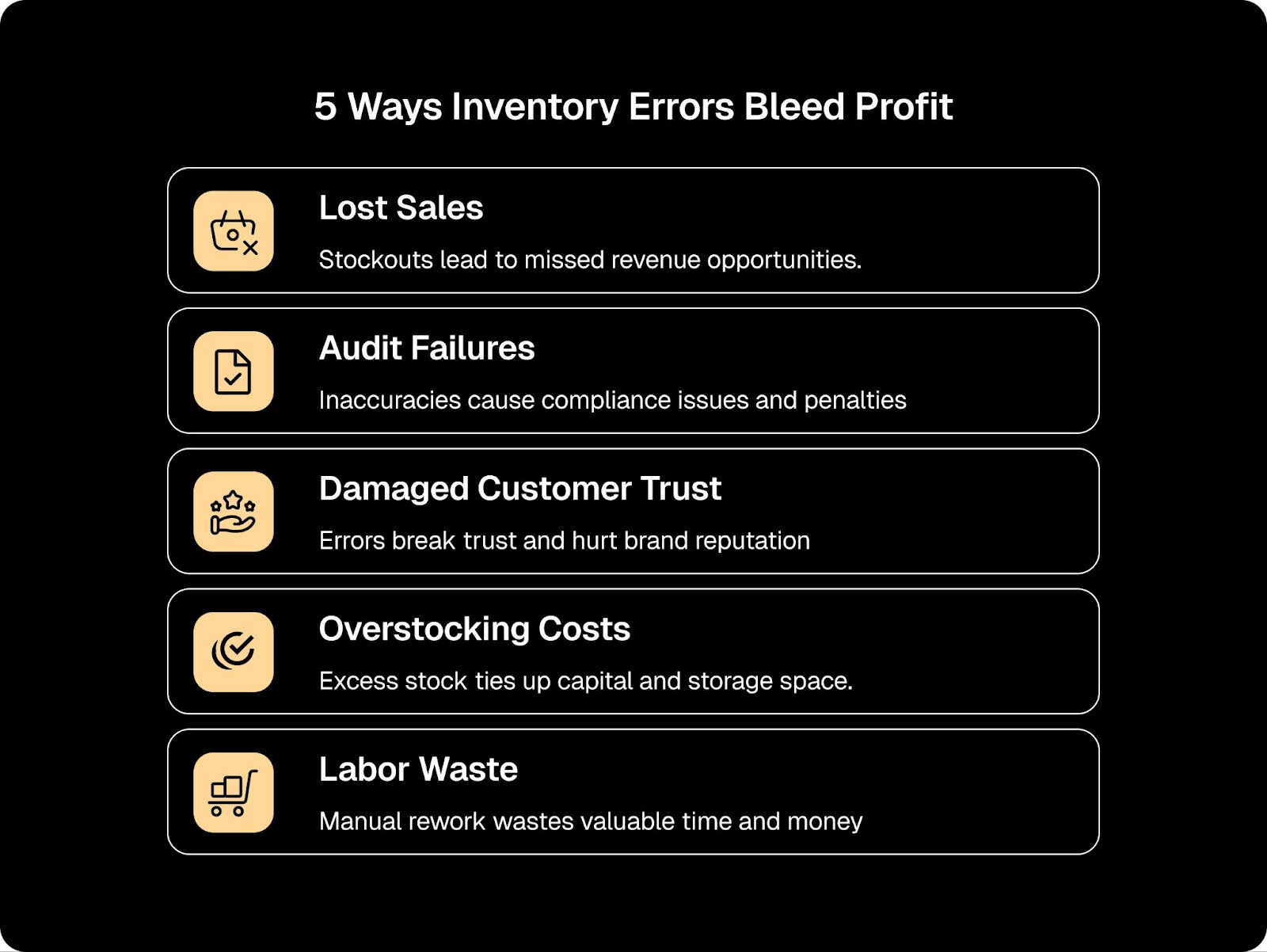
Spreadsheets might seem like a quick fix, but they come with a significant risk: human error. When you’re manually inputting data, it’s easy to make mistakes, whether it’s entering the wrong stock quantity, forgetting to update a product variation, or accidentally duplicating an item.
These small errors can add up quickly, leading to stockouts, overstocks, or mismatched inventory records. For example, if a sofa is marked as “in stock” in your spreadsheet but is actually sold out, you might lose a sale and upset a customer. Likewise, accidentally entering too many units of a product could lead to wasted storage space and unnecessary costs.
Switching to a smart inventory system that automates data tracking and updates in real-time drastically reduces these errors, giving you more reliable and accurate data at your fingertips.
Time-Consuming and Inefficient
Managing your inventory using spreadsheets can quickly turn into a major time commitment. Manually tracking stock, updating quantities, and dealing with product variations across multiple sheets takes time—time that could be better spent focusing on sales and customer service.
With spreadsheets, there’s no easy way to see the big picture. You have to switch between tabs, filter through rows, and constantly cross-check information to get an accurate count. If you’re running multiple locations or have a large inventory, this only makes this process more complicated.
A dedicated furniture inventory management system streamlines all of these tasks, allowing you to track stock with a few clicks. It provides you with an overview of your entire inventory at once and updates in real-time, saving you time and improving your overall efficiency.
Lack of Real-Time Data
Without real-time data, you’re making decisions based on outdated information, which can lead to missed opportunities and poor inventory management. When you rely on spreadsheets, you don’t have the visibility you need to track sales trends, stock levels, or customer preferences in real time.
For example, if a popular item suddenly starts selling out, but your spreadsheet is out of date, you might not restock in time to meet demand. Or, if a slow-moving product is taking up valuable shelf space, you won’t know until it’s too late. This lack of up-to-the-minute data means you're constantly reacting to problems, rather than staying ahead of them.
With a smart inventory system, you get real-time updates and a clear overview of your stock, allowing you to make better decisions faster. You can act quickly to restock bestsellers, clear out overstock, and optimize your inventory for what’s in demand.
Signs It’s Time to Move Beyond Spreadsheets for Furniture Inventory Management
Noticing discrepancies between your inventory numbers and actual stock? If you’re seeing these signs, it’s time to consider a smarter solution for your furniture inventory management needs.
Your Inventory Is Growing Beyond Your Spreadsheets
As your furniture store expands, managing your inventory with spreadsheets becomes increasingly difficult. What used to be a manageable task quickly becomes overwhelming when you’re dealing with more products, variations, and multiple locations.
Spreadsheets work fine for small inventories, but as your product range grows, the risk of errors increases. New lines, seasonal items, or changes in product availability can be hard to track manually, leading to inconsistencies and missed opportunities.
If you find yourself constantly updating, organizing, and cross-referencing multiple sheets, it might be time to consider a system that can handle your growing inventory with ease, ensuring everything stays organized and up-to-date without any hassle.
You’re Struggling with Stockouts or Overstock
Dealing with stockouts and overstock is an ongoing battle for every furniture retailer. If you're regularly running out of popular items or ending up with too much stock on hand, it’s a sign that your current system isn’t cutting it.
Spreadsheets are often reactive, so you’re left scrambling to place last-minute orders or moving around stock just to make space. This reactive approach leads to missed sales when customers can’t get what they want or wasted storage and money when you’re sitting on unsold inventory.
Switching to an automated inventory system helps you stay ahead of demand, keeping the right amount of stock at the right time and preventing these costly problems. By analyzing trends and real-time data, you can maintain that perfect balance between supply and demand.
You Need Better Visibility Across Multiple Channels
As your furniture business grows, you likely sell through multiple channels—your physical store, e-commerce, and maybe even marketplaces like Amazon or eBay. Managing inventory across these different touchpoints with spreadsheets can quickly become a nightmare.
Without a single, unified view of stock levels, you risk over-selling on one platform while understocked on another. That means you might miss out on sales opportunities or end up with backorders that frustrate customers. Worse, you could be holding too much inventory in one place while other products are out of stock elsewhere.
A smart furniture inventory management system integrates seamlessly across all your sales channels, giving you a real-time overview of stock levels, sales data, and customer preferences. This visibility allows you to make informed decisions, avoid costly errors, and ensure that no matter where your customers are shopping, they get the products they want, when they want them.
The Benefits of Switching to a Smarter Furniture Inventory Management System
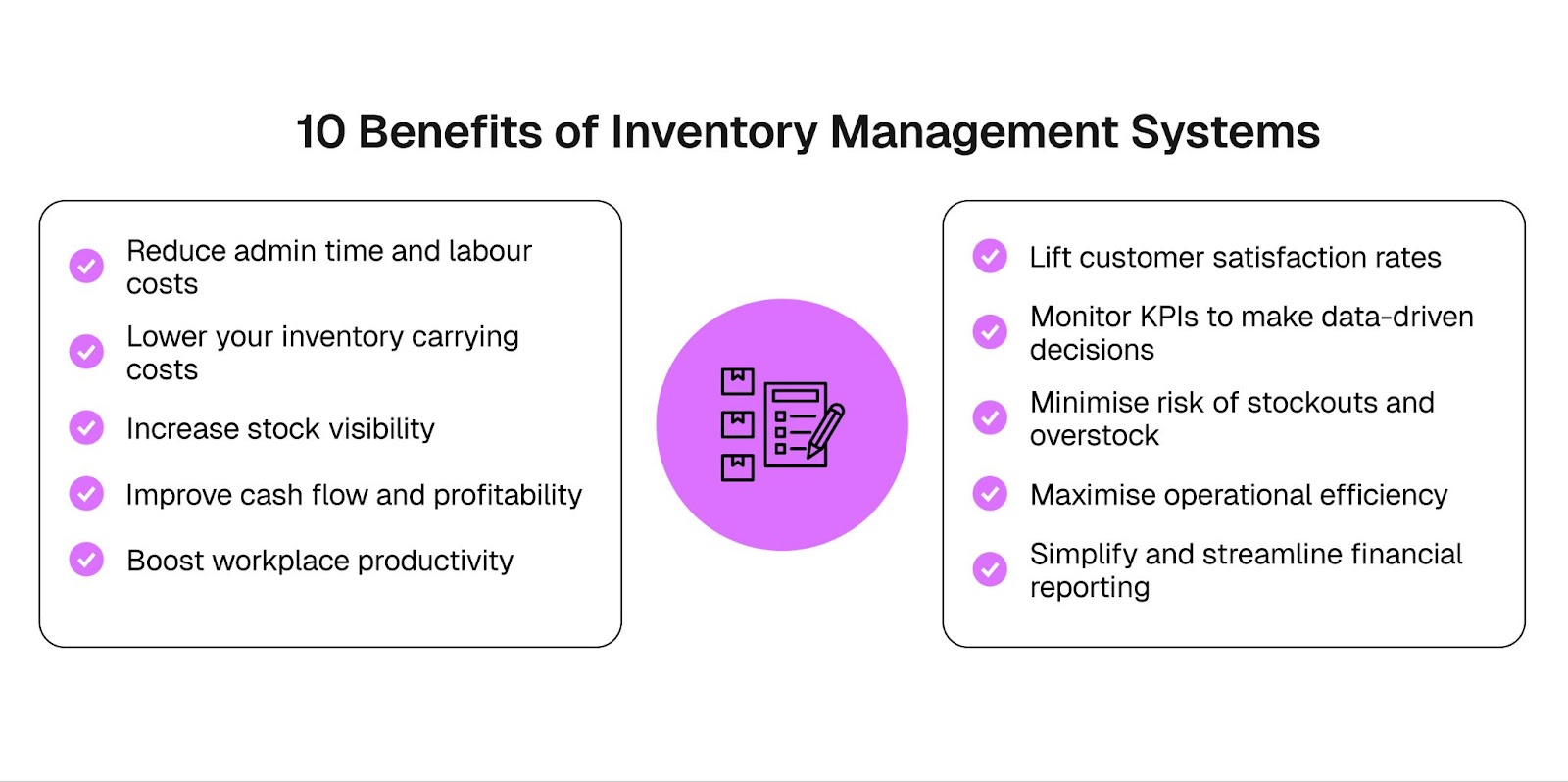
Now that we’ve explored the challenges of using spreadsheets, let’s look at how upgrading to a smarter system can alleviate these issues and boost your store’s efficiency and profitability.
Real-Time Updates and Accurate Stock Levels
One of the biggest benefits of switching to a smarter furniture inventory management system is the ability to access updates and accurate stock levels in real-time. With a system that automatically tracks your inventory, you’ll never have to worry about outdated or missing information again.
Furniture retail software tools like Evoneer’s AI Assistant can sync with your furniture inventory management system to provide real-time data on stock availability, product variations, and sales trends. Whether a staff member is on the sales floor or at the checkout, they can instantly access accurate information, making it easier to assist customers without delays or or interruptions.
With up-to-date stock data at your fingertips, you’ll avoid the common issue of selling products that are out of stock or overstocking items that aren't moving. This means better customer satisfaction, fewer missed sales, and more efficient use of your storage space.
Streamlined Operations and Improved Efficiency
In furniture retail, efficiency is key. The more streamlined your operations are, the better your team can focus on what matters: helping customers and closing sales.
By automating routine tasks like stock updates, reordering, and syncing product data across multiple systems, you’re reducing the time spent on back-end tasks. This gives your staff more time to focus on customer interactions, improving their overall productivity. With accurate stock levels and automated reordering, your team no longer has to scramble to fill gaps in inventory or deal with last-minute orders.
As a result, operations become smoother, and your team can work more efficiently, leading to better customer experiences. Plus, with everything running more seamlessly, you're able to adapt quickly to changing customer demand without the usual chaos.
Better Insights and Data-Driven Decisions
A smart furniture inventory management system provides insights that can guide your decisions—from product stock levels to trends in customer preferences.
By analyzing data like sales history, inventory turnover rates, and customer behavior, you can identify what’s working and what’s not. For example, if certain products are selling faster during certain months, you can make sure you have enough stock available during peak seasons. This data-driven approach allows you to fine-tune your inventory to meet demand more effectively, avoiding overstock and understock issues.
Additionally, these insights help with better forecasting and smarter planning. With accurate data, you can predict future demand with greater precision, making it easier to plan for restocks, promotional campaigns, and seasonal trends. This makes your business more agile and prepared to meet customer expectations.
How to Choose the Right Furniture Inventory Management System for Your Business
Selecting a furniture inventory management system isn’t a one-size-fits-all process. Your store has its own needs and challenges, so here’s how to pick the system that will give you the most value
Identify Your Business Needs
Before deciding on an inventory system, it’s essential to understand what your store actually needs. Are you looking to better track stock across multiple locations? Or maybe you need a system that handles both online and in-store inventory?
Identify the specific challenges you’re facing with your current system—whether it’s slow updates, inaccuracies, or poor integration—and make sure your new system addresses those issues. Understanding your business’s unique pain points will help you find a system that matches your operations and goals.
Features to Look For in a Smart Inventory System
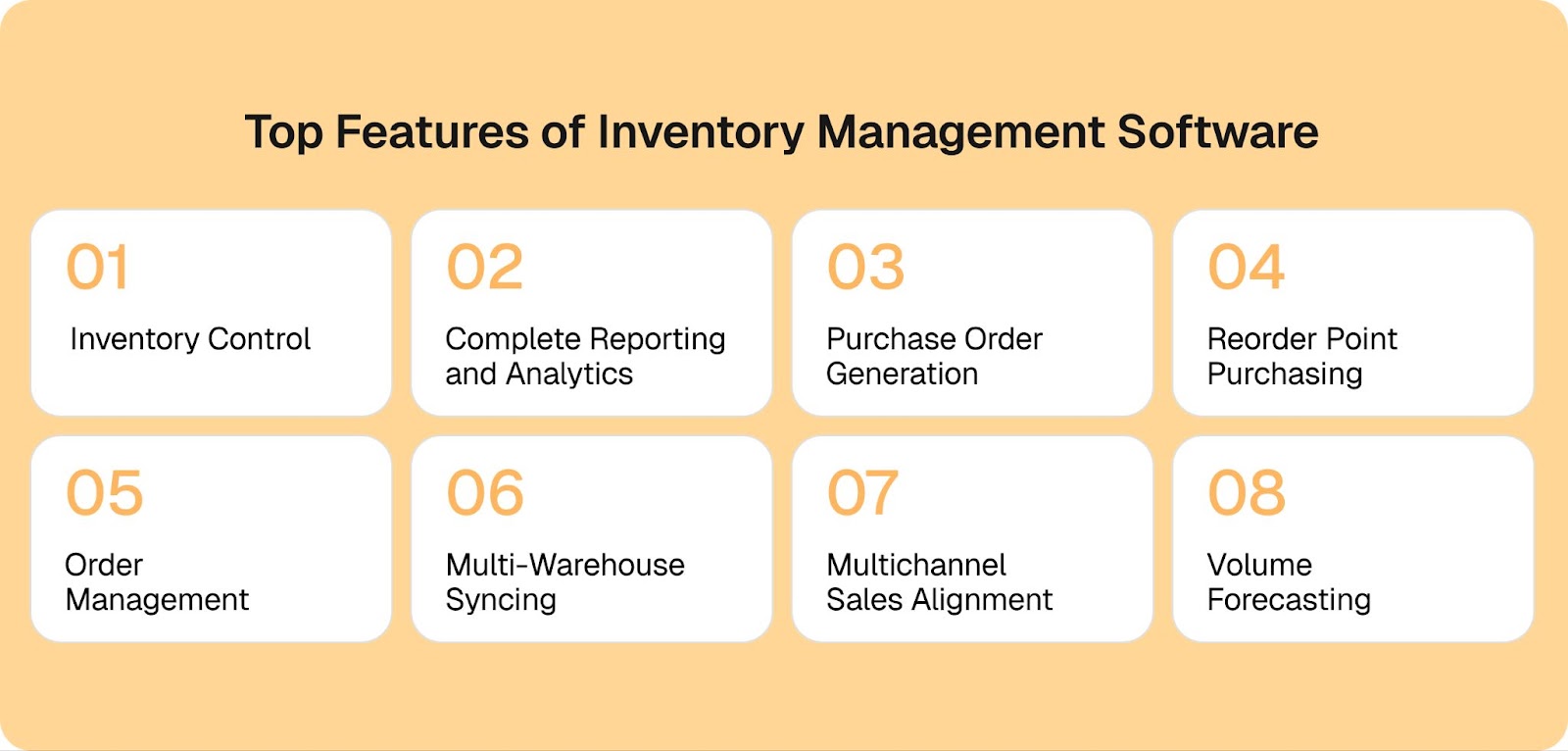
When evaluating an inventory system, there are certain features that can make or break its effectiveness. Here’s what to look out for:
- Real-time stock updates: Ensure the system can track stock levels in real-time across all locations and channels.
- Seamless integration: Look for a system that integrates smoothly with your POS, CRM, and eCommerce platforms.
- Automated reordering: The system should have the ability to trigger reorder alerts or automatically place orders when stock levels hit a certain threshold.
- Advanced reporting and analytics: Your system should provide insights into sales trends, customer demand, and inventory performance.
- Multi-location support: If you have multiple stores, the system should allow you to manage stock across all locations from one platform.
Weigh Up Cost vs. Value: Is It Worth the Investment?
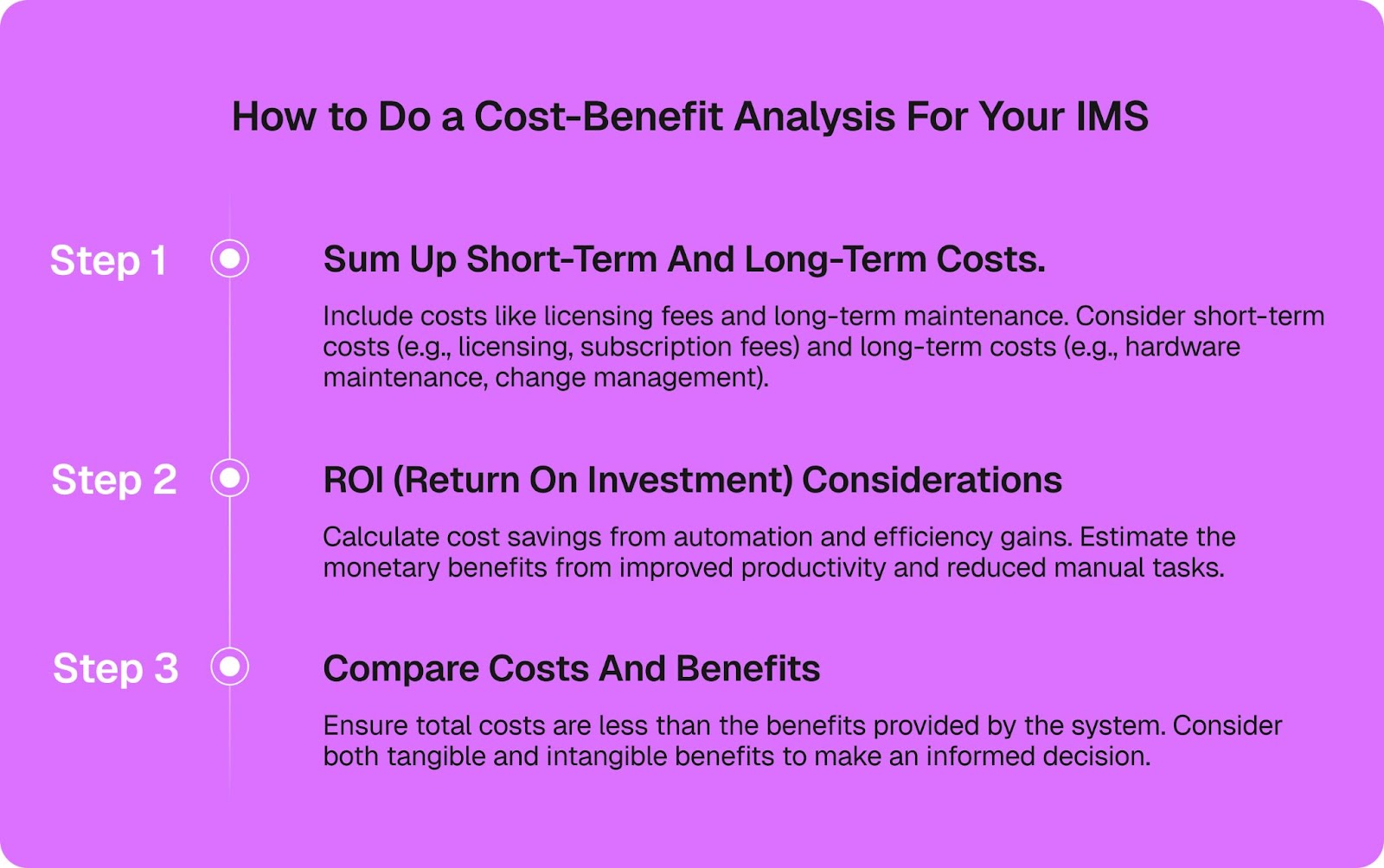
Investing in a smart inventory system is a big decision, and it's important to evaluate both the cost and the value it can bring to your business.
Start by considering the potential return on investment (ROI). While the upfront cost might seem high, think about the time and money saved by reducing stockouts, preventing overstocking, and cutting down on manual tasks. If the system frees up your staff’s time, reduces errors, and helps you make smarter ordering decisions, it can quickly pay for itself.
Also, factor in the long-term benefits. A reliable inventory system can help you scale your business efficiently. As your store grows, the system will help maintain consistent operations, support additional locations, and provide deeper insights into your business performance.
It’s also worth considering the total cost of ownership—this includes initial setup costs, training, ongoing maintenance, and any subscription fees. Look for a solution that offers a solid balance of features and value for money, and one that can grow with your business over time.
Ultimately, the right furniture inventory management system is an investment into the future success of your store. If it saves you time, improves your operations, and supports business growth, it’s worth every penny.

.png)



















